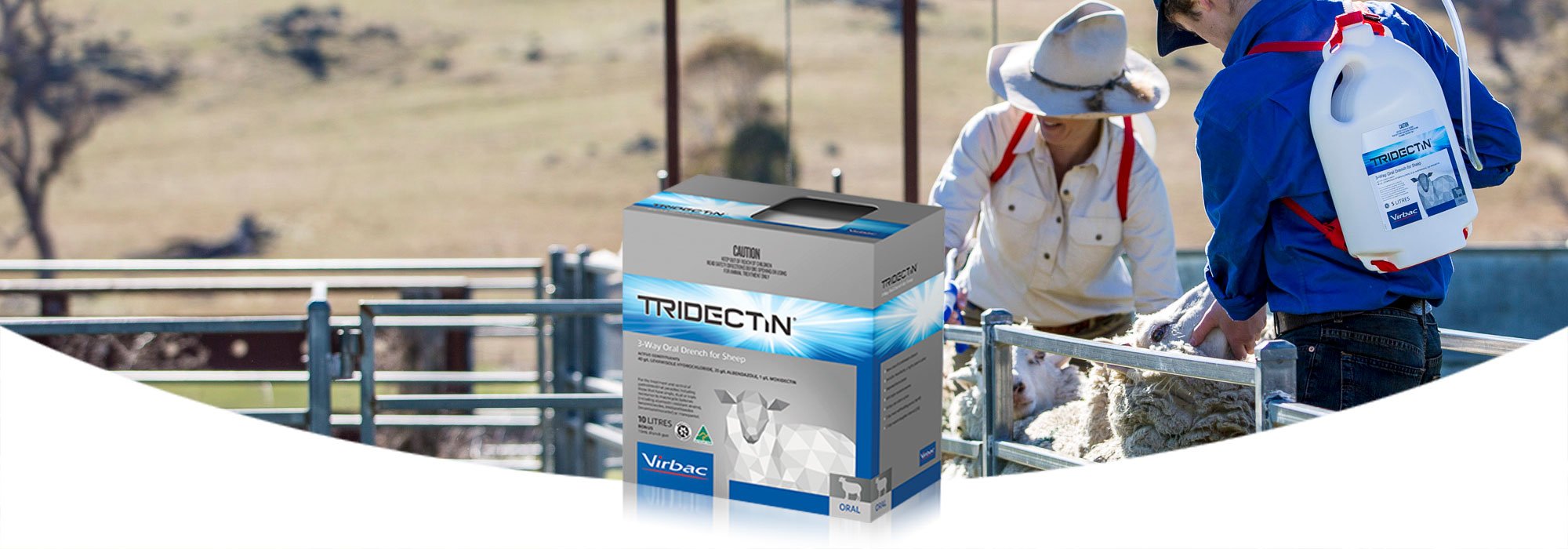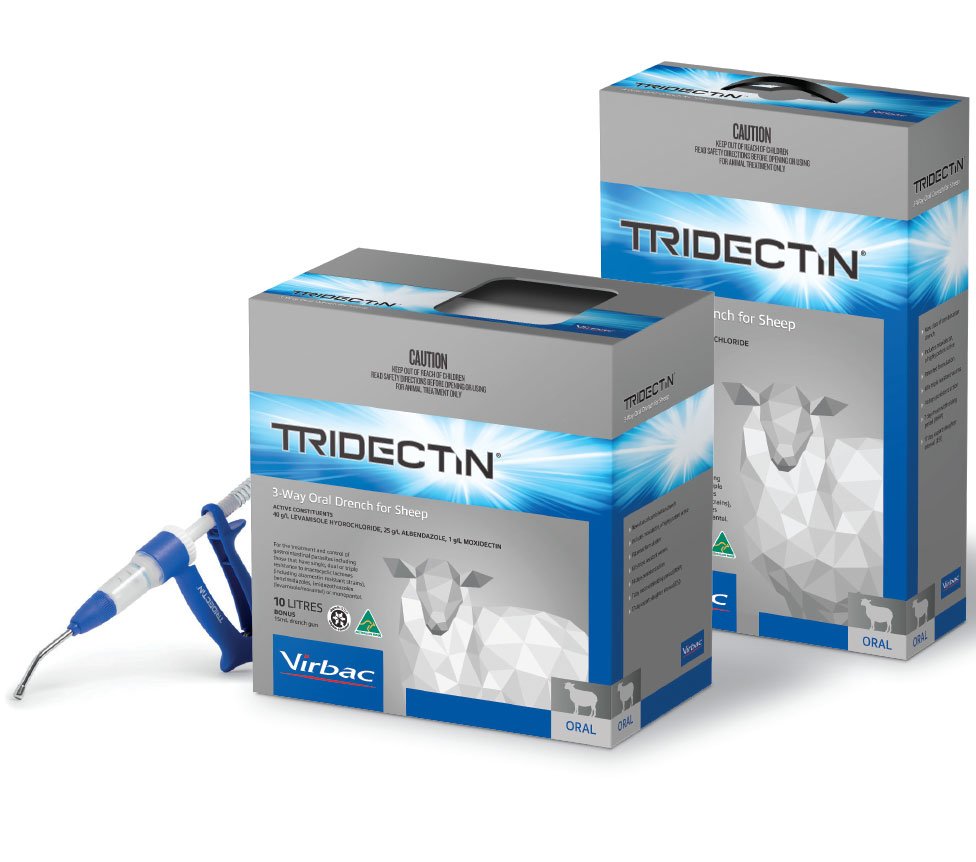
CHOOSING THE RIGHT DRENCH FOR TODAY
A worm egg count reduction test (WECRT) should be conducted every 3 years.
The relevance of any WECRT data older than 5 years should be questioned. The majority of the published WECRT data done with new products like Startect® predates 2014C. Recent experience with monepantel (active in Zolvix®) confirms that, with repeated use, you can select for resistant worms “in less than 2 years of the product first being used on the farm” A. The best way to know whether a particular drench works on your property is by doing a worm egg count reduction test (WECRT or FECRT). Every time we drench we select for resistant worms against that drench, and therefore we have to do the WECRT at least every 3 years.
2020 Vision
This technical note endeavours to provide an updated view of drench efficacy in 2020. Figure 1 represents the average efficacy across 22 WECRTs conducted by Virbac between 2018 and 2020, using the arithmetic mean (AM)B. The ‘overall efficacy’ represents the reduction in total worm egg counts. Barber’s pole worms were the most difficult to control. The results were not surprising as the majority of these WECRTs were done in NSW, where worm management can be challenging.

No property is the same
Every property is different, with most properties still having two or more products
available with high efficacy. By incorporating non-chemical worm management strategies with regular testing, and avoiding repeated use of the same product, producers can still achieve sustainable worm management.
Monitoring worms on your property
Conduct a Faecal Egg Count Reduction Test (FECRT), including larval differentiation, at least every three years to determine the drench resistance status on your property. If this is not possible, conduct pre- and post drench faecal egg counts (FEC) to confirm the efficacy of your selected drench. Monitor worm burdens by doing FECs every 4 – 8 weeks and drench only when required.
Choosing the right drench
1. Select a drench that is currently highly effective on the property (above 95% efficacy)
2. Selecting a drench with a short withhold period (WHP) and export slaughter interval (ESI) if the animals are to be sold soon.
3. Using combination drenches are recommended due to their ability to obtain a higher efficacy than single active drenches and also slow down
the development of resistance.
4. Use different, highly effective actives to what you used last time
- A unique formulation that delivers powerful and persistent control via three modes of action that individually exhibit broad spectrum control against the most important nematodes in sheep.
- Contains the unrivalled potency and persistency of moxidectin 1 – the only premium combination drench on the market that does not include abamectin.
- Controls worms with single, double or triple resistance to white, clear or mectin’ drenches or monepantel.
- Shortest ESI of any premium drench (17 days).
Tridectin® – registered trademark of Virbac
Startect®– registered trademark of Zoetis
Zolvix®– registered trademark of Novartis (Elanco)
A. Scott, I, Pomroya, WE, Kenyona, PR, Smith, GAdlingtona, B, Moss, A 2013, Lack of efficacy of monepantel against Teladorsagia circumcincta and Trichostrongylus colubriformis, Veterinary Parasitology 198, pp. 166-171. B. Virbac, Data on file, 2020 C. Zoetis, Data on file, 2014, startect.com.au, viewed 15 September 2020

